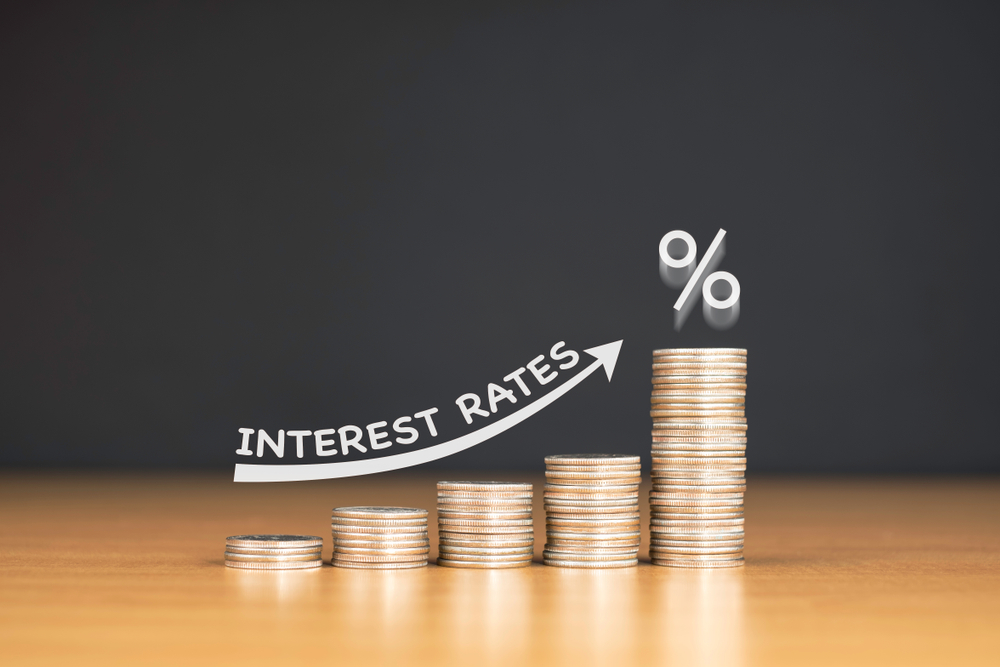How to Refinance into a 15-Year Loan
I. Set a Clear Mortgage Refinance Goal
You should have a clear reason for mortgage refinance – whether that’s to shorten the term of the loan, reduce your monthly payment, or even pull equity out of the property for the purpose of debt repayment or home repairs.
II. Check Your Credit History and Score
You will have to qualify for the refinance just as you needed to for approval of the original home loan. The higher the credit score, the better the refinance rates you are likely to be offered by lenders and the higher the chances of your loan being approved.
While there are several different ways to refinance your mortgage even if you have bad credit, take a few months to boost your credit score, if possible, before getting started with the process.
III. Determine the Amount of Equity You Have in Your Home
The equity in your home refers to the total value of the property minus what’s owed on your mortgage. You may be able to refinance a conventional loan with as little as 5% equity, but you will probably get better rates and fewer fees and will not be required to pay for PMI (private mortgage insurance) if you have at least 20% equity.
IV. Shop Multiple Lenders
You can literally save thousands if you get quotes from at least 3 mortgage lenders. The refinance rate table provided by Bankrate lets you comparison-shop loans, to ensure that you find the best fit for your financial needs.
V. Get Your Paperwork in Order
Gather recent federal tax returns, pay stubs, brokerage/bank statements, and anything else requested by your mortgage lender. Your lender will also consider your net worth and credit, so disclose all liabilities and assets upfront. If you have your documents ready before you get started with the process of refinancing, it will go on more smoothly and often faster.
VI. Prepare for Your Home to be Appraised
Mortgage lenders usually require a home appraisal, just like the one done when purchasing the property, to determine the current market value.
VII. Come to the Closing with Cash If Necessary
The closing disclosure and the loan estimate will likely list the additional expense in closing costs to finalize the loan. You might be required to pay 3% to 5% of the total loan at closing.
VIII. Keep Tabs on the Loan
Store copies of the closing paperwork in a safe location and automate the payments to ensure that you always stay current on the mortgage.

Why Compare 15-Year Mortgage Refinance Rates?
Shopping around for quotes from different lenders is an important step for every mortgage applicant. When shopping around, don’t just consider the mortgage rates being quoted but also the rest of the terms of the loan.
Don’t forget to compare APRs that include many extra costs of the mortgage not shown in the interest rate. Some lenders will have lower closing fees and costs than others, or your current credit union or bank may extend you a special offer.
Don’t also be afraid to walk away from your current lender when refinancing. If you’re able to find a better deal elsewhere, go for it. Consider quotes from traditional brick-and-mortar banks and online lenders. Alternatively, consider using a mortgage broker that provides quotes from wholesale lenders.
What Are the Pros and Cons of a 15-Year Mortgage Refinance?
Borrowers looking to retire their debt quickly usually find the shorter term of a 15-year loan appealing, but it does come with higher monthly payments. A breakdown:
Pros of a 15-Year Mortgage Refinance
- You will fully own the property sooner. Compared to a 30-year loan, you will pay down the balance much faster.
- You will save a lot on interest. Rates on 15-year loans are considerably lower than the rates on 30-year loans. Furthermore, you will pay less in interest over the life of the loan.
- A larger portion of the monthly payments will go towards the principal on the loan rather than interest. With a 30-year mortgage, however, just a fraction of early payments goes towards retiring principal. A 15-year loan helps speed up the process.
Cons of a 15-Year Mortgage Refinance
- Higher payments each month compared to longer-term loans because of the shorter period of repayment. If you are currently struggling to make the monthly payments, a 15-year mortgage will only make it more challenging.
- The opportunity cost of having your money tied up in home equity as opposed to other financial assets. Perhaps it makes more sense to borrow more against your house and invest the proceeds for retirement.
- The possibility of losing mortgage interest because of paying less in interest. The vast majority of Americans can no longer benefit from mortgage interest deductions, but if you currently do, you should consider the tax implications.
Not sure whether you should commit to higher monthly payments? It’s possible to mimic the effect of refinancing to a 15-year loan by making additional payments on your existing 30-year loan. You will shorten the pay-off time and pay less interest while still keeping some wiggle room.
If a financial emergency ever arises, you have the option to go back to the original, lower payment for that month, or for as long as you may need to. Best of all, you can do all that without incurring any penalties.
When Should I Consider a 15-Year Refinance?
If you currently have a 30-year mortgage, but have the budget for a higher mortgage payment each month, it can make good financial sense to refinance to a 15-year fixed-rate loan. You will still have the stability of knowing that your monthly payment will not change, while enjoying the benefit of a lower interest rate.
Furthermore, you will pay off the mortgage sooner, freeing up funds for other financial goals such as saving for retirement when you do. Keep in mind, however, that you will be required to prove to the lender that your income is sufficient to cover a higher payment so that you can qualify for the new loan.
If your goal is achieving the lowest payment possible, however, you are better off refinancing to a 20- or 30-year mortgage. Starting fresh with a new long-term loan might not necessarily be the best strategy for everybody, but it’s still an option, especially if you’re looking to trim monthly expenses.
Best Year Mortgages offers mortgage refinance services tailored uniquely to you. To learn more, contact us.




